Experts were surprised by the unique taste of champagne found in a shipwreck off the coast of Finland.
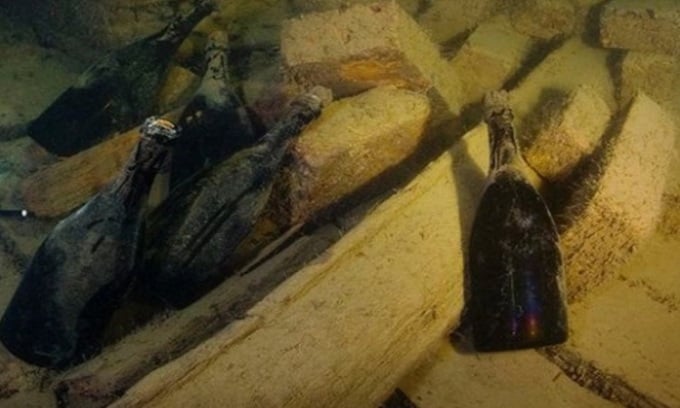
Champagne bottles on the shipwreck. Photo: Ancient Origins
In 2010, a group of divers in Finland's Åland Islands came across the wreck of an 1852 ship. They were surprised to find 145 bottles of champagne at a depth of 48.8m. What was more special was that the bottles were still full and had a very special taste, according to a professor of biochemistry and food chemistry. All the labels were faded, but wine experts examined the inside of the corks and found a brand image that allowed them to identify their origin. Many of the champagnes came from the Juglar maison company, which disappeared in 1829 when its vineyard was taken over by a competitor. There were also 47 bottles of Veuve Clicquot, according to the Guardian .
Two years after the discovery, 11 bottles were auctioned for a total of $156,000 in Mariehamn, on the Åland Islands between Finland and Sweden, where the Föglö wreck was found. One bottle of Veuve Clicquot in particular sold for $16,342. That was before the wine inside was analyzed and tasted by experts. Today, bottles of wine recovered from the wreck could fetch as much as $190,000.
Philippe Jeandet, a professor of food biochemistry at the University of Reims, in the heart of France's champagne-producing region, was given small samples from three bottles to analyze. His study, published in the journal Proceedings of the National Academy of Sciences, concluded that "after 170 years of immersion in the deep sea under near-perfect conditions, these dormant champagnes have awakened to tell us a new chapter in the story of winemaking."
A number of experts initially described the wine in the bottle with words like "animalistic," "wet hair," "bad," and sometimes "bad." But after letting the wine settle in a glass and oxidize, it developed a more pleasant aroma, spicy and leathery. Dominique Demarville, the champagne manager at Veuve Clicquot, tasted the bottle three times and detected notes of fruit, truffle, and honey. He concluded that it was one of the best champagnes in the world. "I've never tasted anything like this in my life. The aroma lingered in my mouth for three to four hours after I tasted it," Jeandet told Smithsonian magazine.
Veuve Clicquot was so interested in rediscovering its bottles that it decided to recreate similar conditions by burying dozens of champagne bottles in the same location on the Åland Islands. Some of the bottles will remain there for 40 years. The winemaker believes the deep sea could be the perfect environment for aging champagne. With a salinity 20 times lower than the Atlantic Ocean and a steady temperature of 4 degrees Celsius, the Baltic Sea provides the optimal aging environment, according to Veuve Clicquot.
An Khang (According to Guardian )
Source link


![[Photo] Third meeting of the Organizing Subcommittee serving the 14th National Party Congress](https://vstatic.vietnam.vn/vietnam/resource/IMAGE/2025/4/2/3f342a185e714df58aad8c0fc08e4af2)
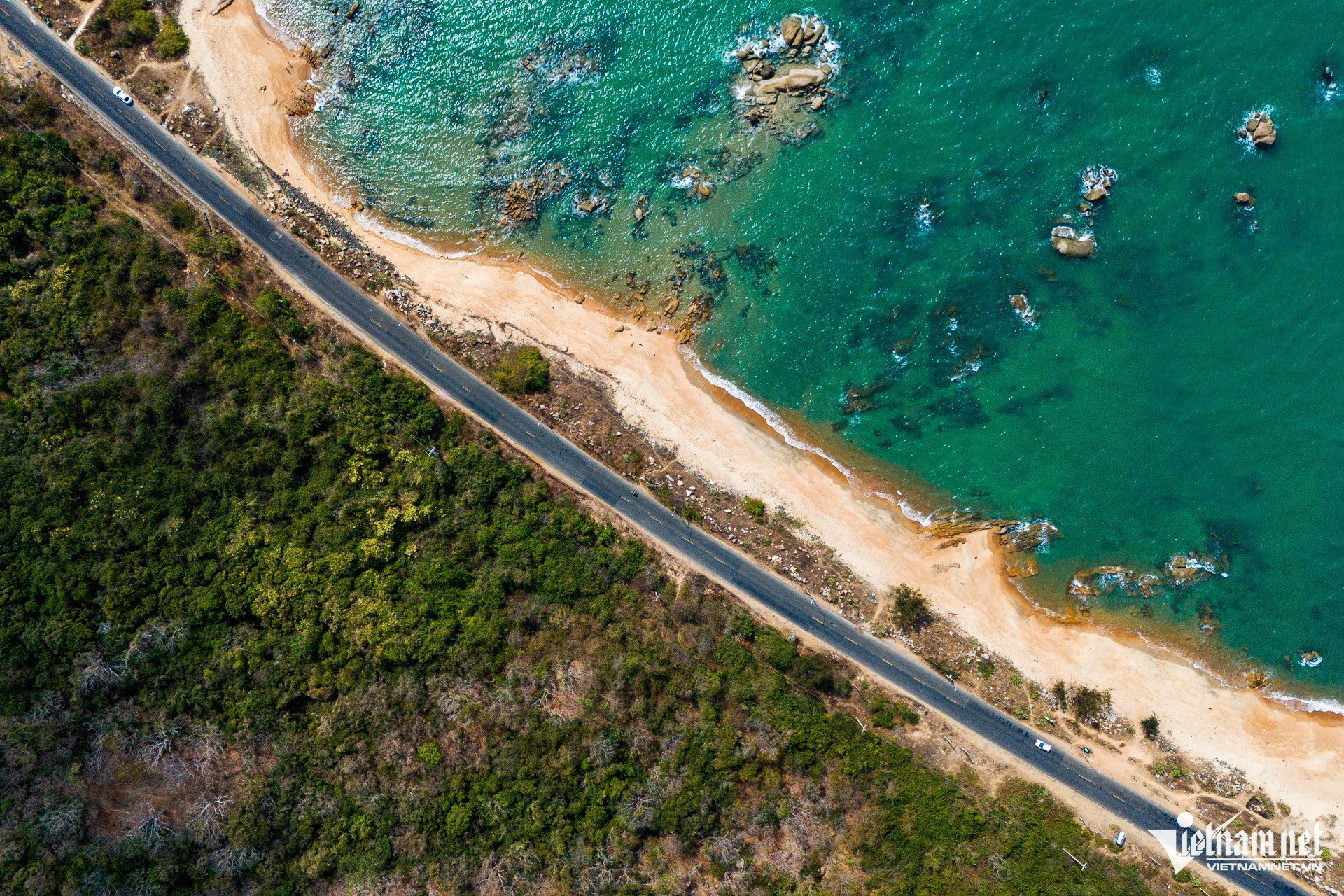

![[Photo] Close-up of Vietnam's sniffer dog team searching for earthquake victims in Myanmar](https://vstatic.vietnam.vn/vietnam/resource/IMAGE/2025/4/1/d4949a0510ba40af93a15359b5450df2)

![[Photo] Relatives of victims of the earthquake in Myanmar were moved and grateful to the rescue team of the Vietnamese Ministry of National Defense.](https://vstatic.vietnam.vn/vietnam/resource/IMAGE/2025/4/2/aa6a37e9b59543dfb0ddc7f44162a7a7)
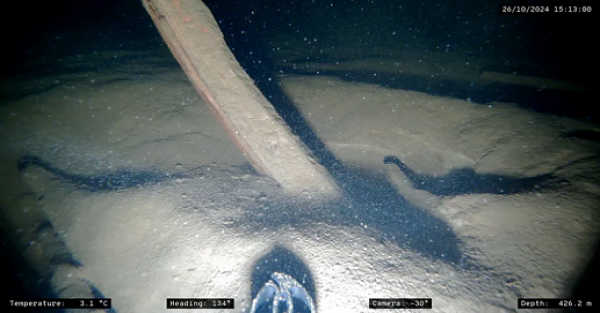



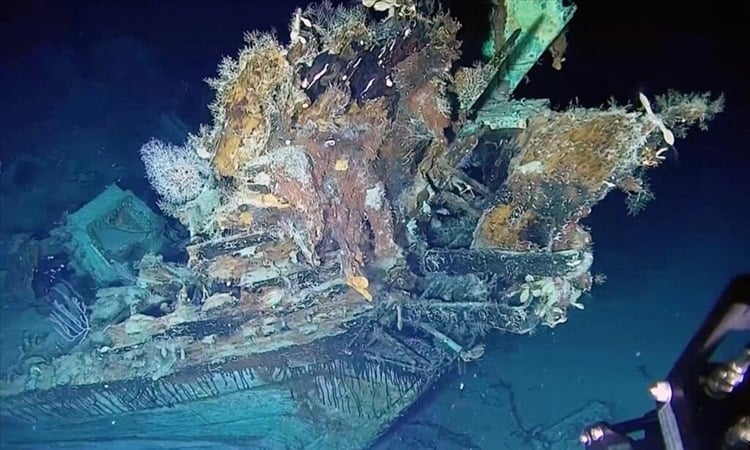

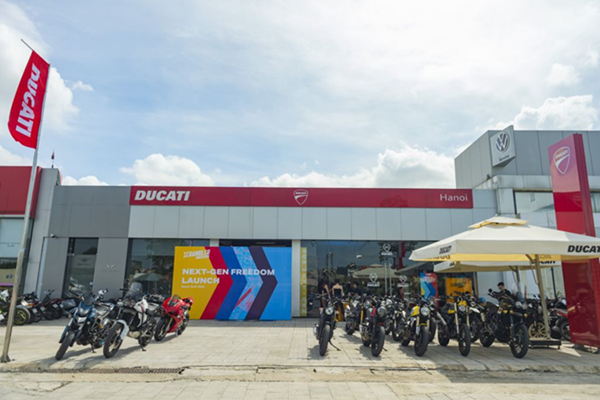

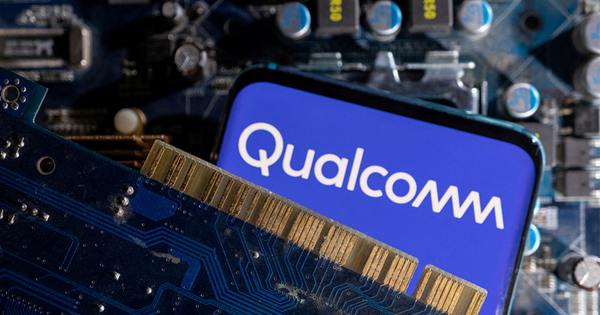

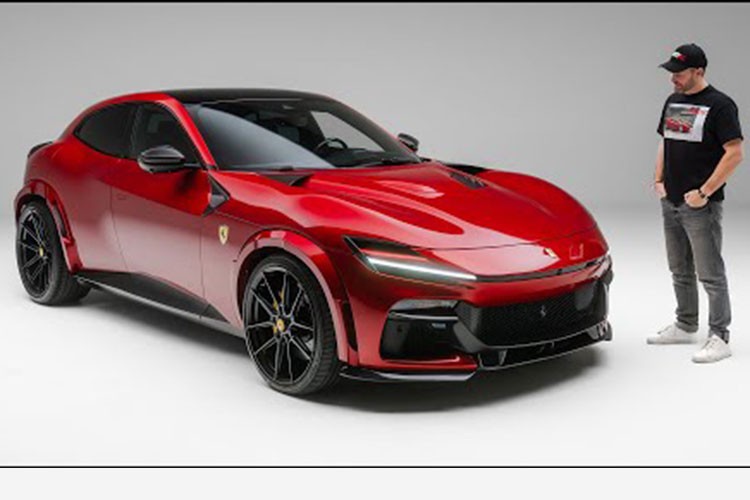











































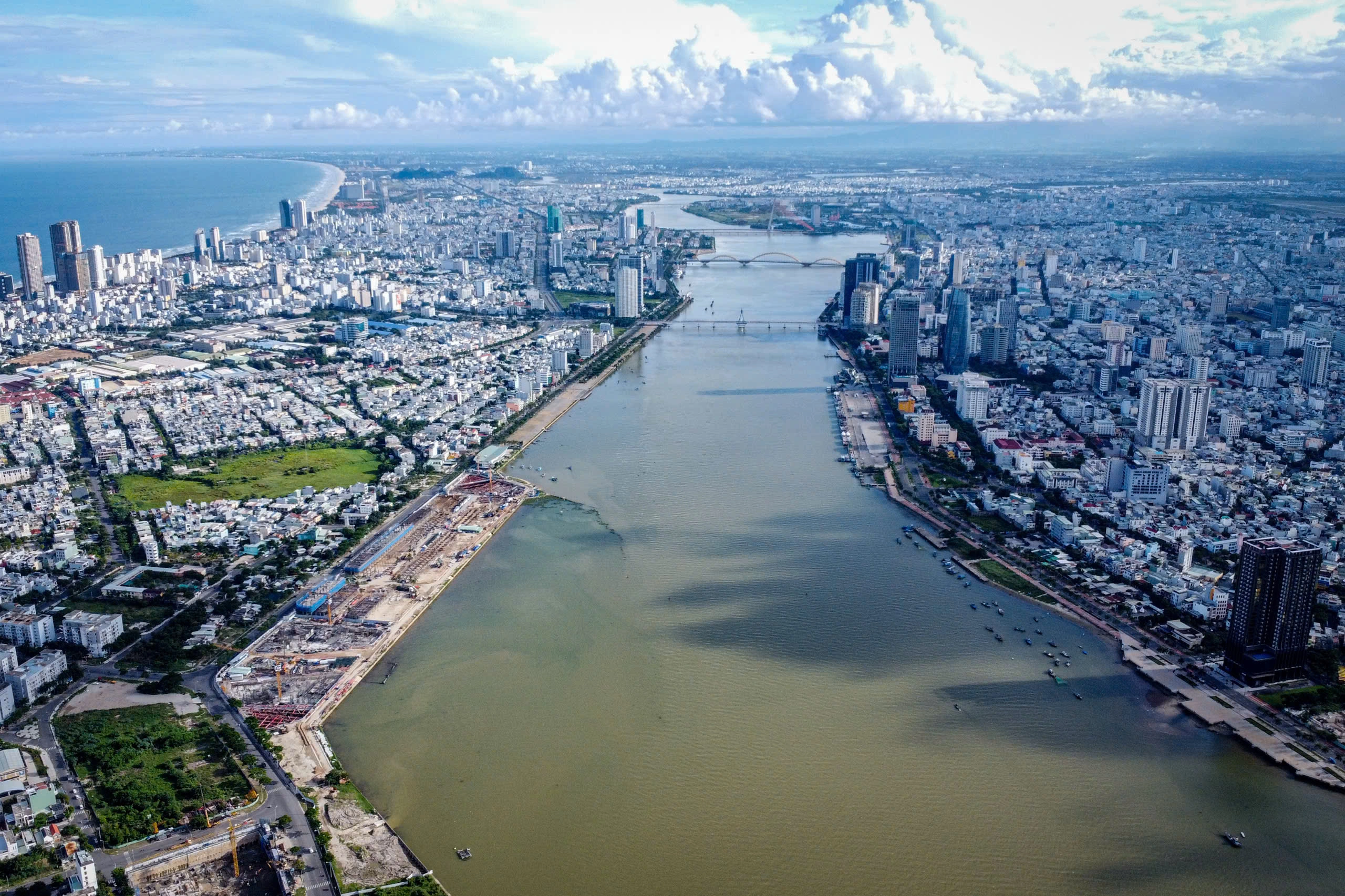

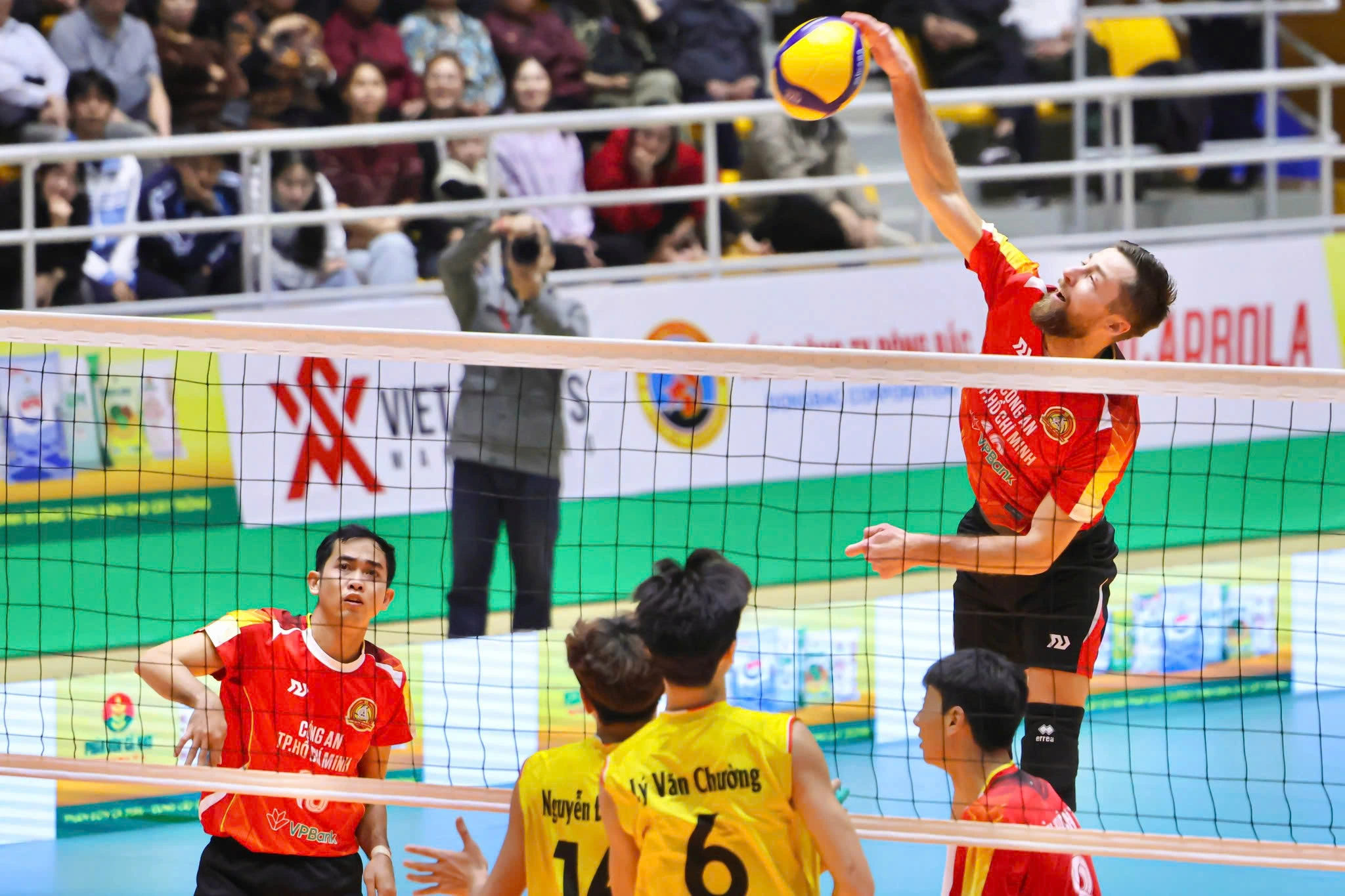





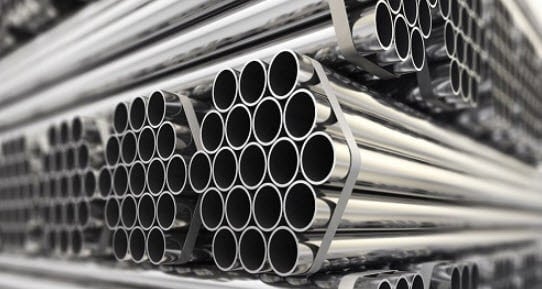







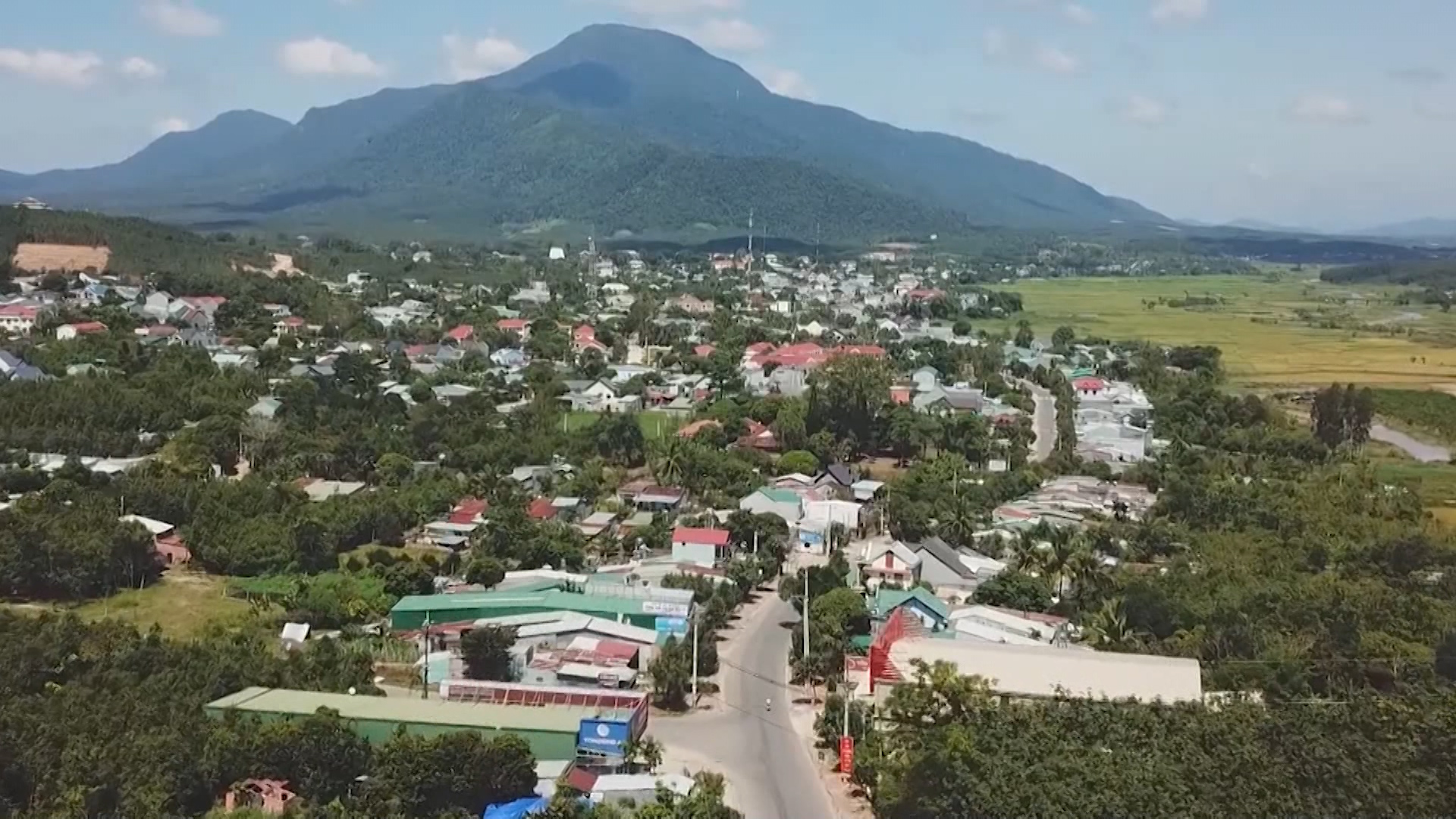


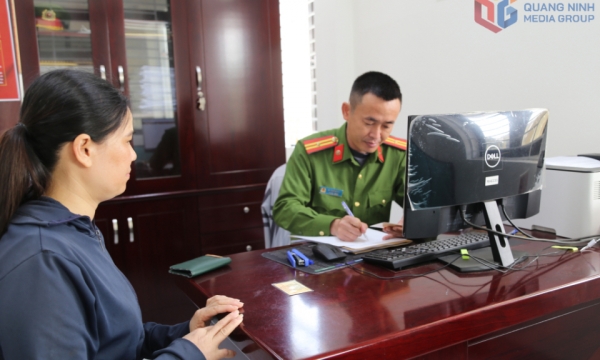














Comment (0)